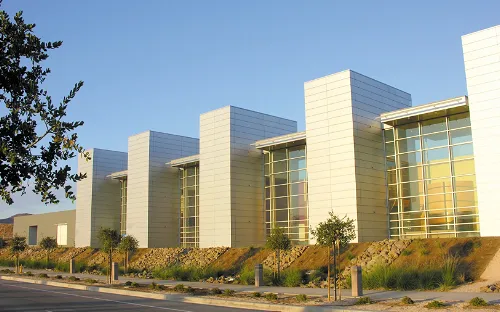Western Science Center and its collection
The Western Science Center, previously known as the Western Center for Archaeology & Paleontology, is a museum situated near Diamond Valley Lake in Hemet, California. This location is ideal for tourists who are interested in archaeology, paleontology, and the natural history of the region.
Collection at the Western Science Center
The Western Science Center is home to a vast collection of Native American artifacts and Ice Age fossils. Among these are "Max", the largest mastodon discovered in the western United States, and "Xena", a Columbian mammoth. These exhibits provide a unique opportunity for tourists to learn about the region's ancient history and its early inhabitants.
Exhibits at the Western Science Center
The museum's public displays are located in the permanent gallery, while another gallery hosts temporary and traveling exhibits. This setup allows tourists to explore a wide range of exhibits, from permanent collections to rotating displays that offer fresh perspectives and new learning opportunities.
Science & Technology Archaeology Animals Geology

